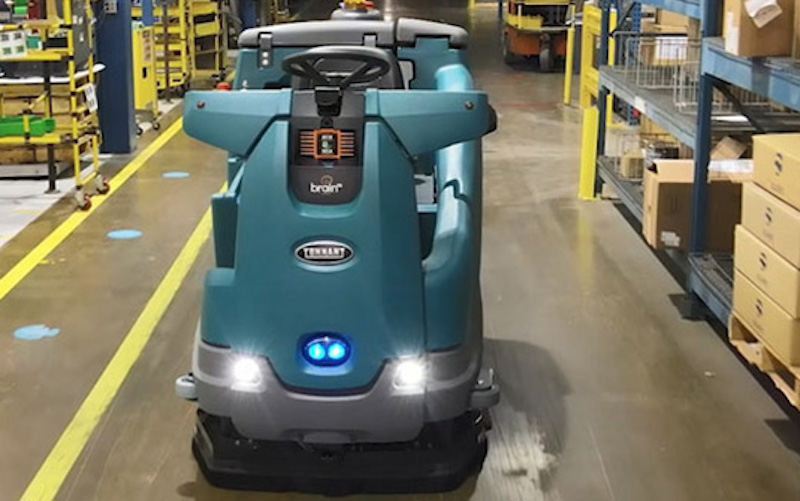The realm of robotics has always been a fascinating blend of theory and practice, where the theoretical concepts of algorithms and research meet the practical considerations of productization and deployment. In today’s rapidly evolving landscape, the focus of educational institutions often leans heavily towards research, algorithms, and theoretical overviews, leaving the practical aspects somewhat neglected. However, bridging this gap is crucial, especially in industries where proving Return on Investment (ROI) and demonstrating scalability are paramount challenges. Drawing from my experiences during my tenure at Brain Corp, a company with over 30,000 robots deployed in public spaces, I aim to shed light on the intricacies of transitioning from theory to deployment in the field of robotics.
Compute Hardware Selection Considerations
One of the fundamental aspects of designing a robotic solution lies in selecting the appropriate processing board hardware. This decision involves a myriad of considerations, ranging from system design to power efficiency. Factors such as GPU vs. compute capabilities, Bill of Materials (BOM) for customer considerations, and power consumption play crucial roles in determining the efficacy of the chosen hardware. In robotics industry, it is common to extensively evaluate options like NVIDIA products (such as Xavier, Jetson, or Orin) and tuned common Linux/Ubuntu platforms to meet the specific needs of our robotic applications.
Sensor Selections and System Design
Another pivotal aspect is the selection of sensors, be it cameras or LiDARs, which directly impact the robot’s perception and navigation capabilities. Additionally, considerations for actuators, active sensors, firmware, and drivers are essential for ensuring seamless integration within the robotic system. This comprehensive approach to system design encompasses everything from sensor calibration in the factory to field diagnostics and bring-up, ensuring optimal performance across diverse environments.
Telemetry and Autonomy Stack
In the realm of robotics, telemetry systems play a vital role in debugging environments, autonomy stack management (including motion, perception, and localization), and ensuring operational efficiency. Leveraging platforms like ROS (Robot Operating System) facilitates seamless communication between various components of the robotic system, while adherence to safety certifications and considerations ensures compliance with industry standards and regulations.
Cloud Management and Remote Monitoring
Managing fleets of robots remotely requires robust cloud infrastructure, equipped with LTE modems/Wi-Fi for real-time tracking and remote access. The ability to upload telemetry data and execute Over-the-Air (OTA) software upgrades is essential for maintaining fleet-wide consistency and addressing evolving customer needs. A dedicated Technical Operations team monitors fleet status, enabling timely interventions and ensuring uninterrupted service delivery.
Transitioning from theoretical research to practical deployment in the field of robotics poses unique challenges, particularly in industries where scalability and ROI are critical metrics. Drawing from my experiences at Brain Corp, I’ve outlined key considerations ranging from hardware selection and system design to telemetry management and remote monitoring. As we continue to navigate this dynamic landscape, it’s imperative to strike a balance between theoretical insights and practical implementations, ultimately driving innovation and advancement in the field of robotics.

